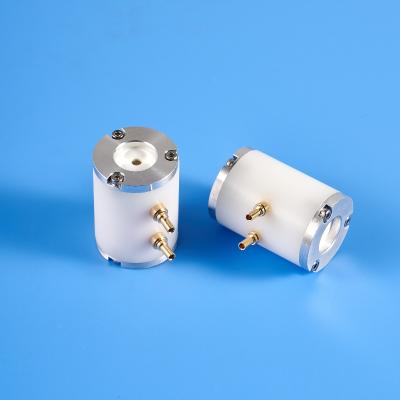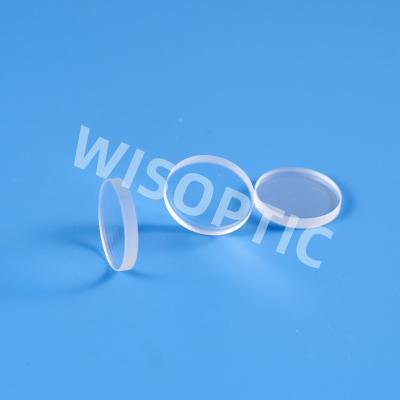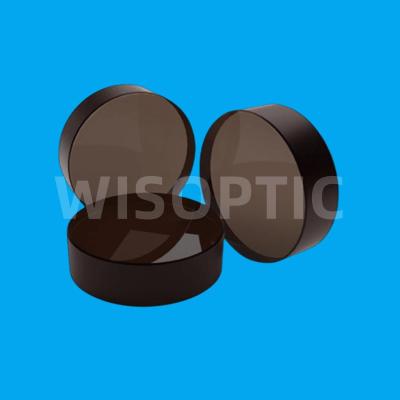Lithium Tantalate Crystal and Its Application - 13
Conclusion
Lithium tantalate material has a large pyroelectric coefficient, high Curie temperature, small dielectric loss factor, low heat melt per unit volume, small relative dielectric constant, and stable performance. It is a good ferroelectric and piezoelectric material. It also has extraordinary properties. Because of its linear optical properties, lithium tantalate (LT crystal, www.wisoptic.com) has gradually become a popular material used in communications, electronics and other fields. With the continuous development of 5G communication technology, the market for surface acoustic wave (SAW) filters, which are the core components of the RF front-end of smartphones, continues to grow.
With the development of 5G infrastructure, networks, and communications, there is an urgent need for next-generation high-frequency and/or broadband RF filters. High-performance SAW duplexers mass-produced by Murata, Japan, include an energy-confining structure of a single-crystal LT film. By using a multilayer structure of low and high impedance layers on Si, the acoustic energy is confined in the LT layer. These SAW resonators have a Q value that is 3 times larger and a temperature coefficient of resonant frequency (TCF) that is 80% lower than those based on LN/LT single crystal compared to the traditional SAW resonator, its bandwidth is 12% wider. Filters with low insertion loss, high attenuation and good thermal stability can be used over a wider frequency range, but using single crystals to create thin films is less time, energy and cost efficient. The integration of wafer bonding films on 3D structures is also challenging. The introduction of epitaxy/texture growth technology based on highly coupled lithium tantalate films on single crystal wafers or standard structure silicon wafers may be a real breakthrough in the RF and communications industries. In recent years, circular bonding technology has been widely used in the fields of electronic devices and optoelectronic devices. Domestic research on lithium tantalate bonding is still in its infancy, and more systematic research work is urgently needed. The thickness of lithium tantalate wafers is required to be high. If nanoscale high-quality lithium tantalate crystal films can be industrially processed in large quantities in the future, this will greatly improve the performance of lithium tantalate wafer preparation devices. On the other hand, lithium tantalate has a wide range of applications in the fields of optical communications and integrated photonics due to its various optoelectronic properties. In the fields of optical quantum information processing, biosensing, detection imaging and signal processing, future demand will also increase. The larger it is, the future market space of lithium tantalate will continue to expand.



